Every ten years the U.S. embarks on a process to calculate and record information about the population in a census. The first census of the newly-formed country was taken in 1790. One hundred years later, during the census of 1890, the government hired special agents to embark on a project that became known as the Report on Indians Taxed and Not Taxed. (“Indians not taxed” were those who were living on reservations or those roaming in unsettled areas of the country.)
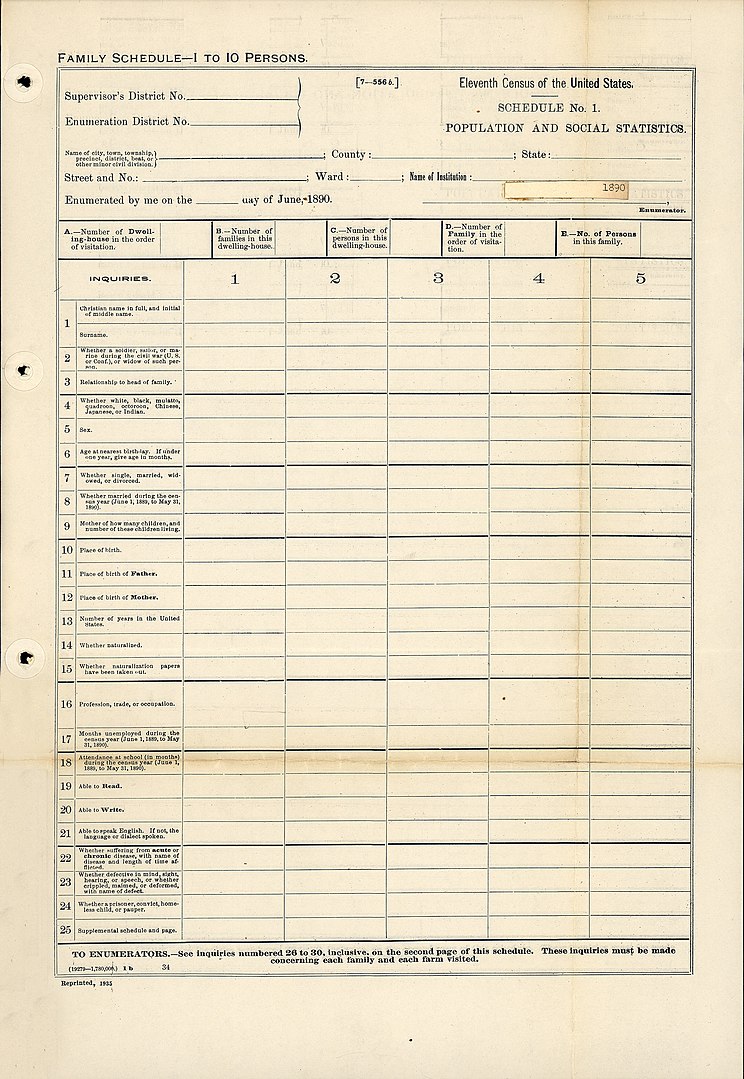
1890 U.S. Census form, Public Domain
SRM artist William Gilbert Gaul was one of those special agents. In August of 1890, Gaul traveled to Standing Rock agency to record and report what he encountered. Although not included in his report, scholars believe that Gaul’s painting, The Pow-Wow, in the museum’s collection, was created as a result of his experience visiting the Standing Rock Reservation.
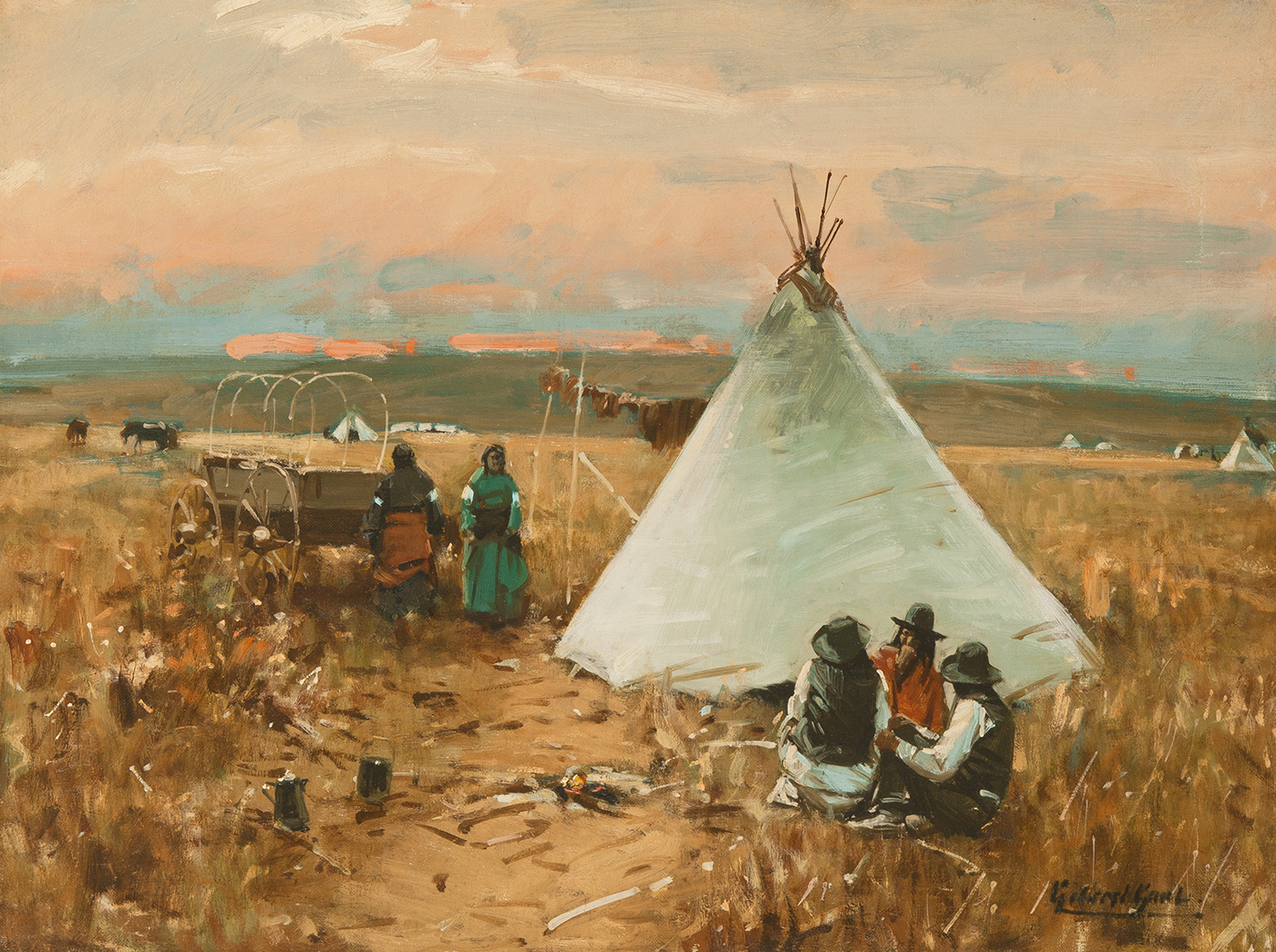
The Pow-Wow | William G. Gaul | c. 1890 | Oil on canvas | 18.125 x 24.125 inches
Gaul’s Report
In his report, Gaul commented on many aspects of life among the Lakota and Dakota nations, often called Sioux. He noted that the natural environment was not conducive to agriculture:
“There is very little encouragement for the Indian farmer. His home is not in a country adapted to agriculture…the repeated failure of crops occasioned by drought is something over which he has no control. Year by year he sees the corn withered by hot winds and return only a small amount, if any, for his labor. The seed oats planted produce for him only straw. Terrible hail storms eat his crops to the ground, yet he has to go on with his planting year by year. Deserted houses are seen all along the other side of the river from Pierre to Bismarck, each one telling plainly and unmistakably that the owner, a white man, could not live by farming and was obliged to find a more promising location.”[1]
The area cradled between extremes, with very hot summers and very cold winters. Although the region received good rainfall, the timing was not ideal when precipitation was needed during the crop-producing months. And when it did rain, the soil was not absorbent. Likewise, it was difficult to cultivate trees, which would have been necessary for timber.
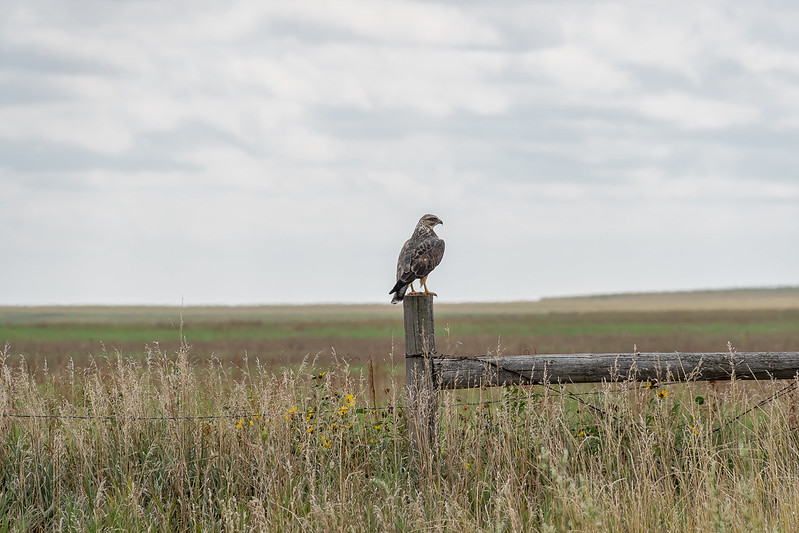
South Dakota Landscape, Courtesy of Ken Lane
It appeared that stock raising was more successful, as Gaul reported:
“The wild grass of this country is nutritious. It makes excellent hay, and all kinds of stock thrive on it. Stock raising is more profitable than farming. The men, white or Indian, off or on the reservation, that are the most successful are those that have small herds of cattle and ponies that can run to the wild grass; but there sometimes comes a year in which many die, so that cattle raising on a large scale has had to be abandoned by the large companies of the state.”[2]
Other details Gaul commented on in his report include:
Shelters: “The tipis in which the Dakotas once lived were made of buffalo hide and sometimes painted or decorated with whole histories of the families occupying them, or their adventures, and sometimes with portraits of their animals or other decorative designs. Now, however, one does not see one with anything like a decoration on it or one made of hides. They are all of canvas or muslin.”[3]
Food: “Their ration of beef, or that portion of it that is not wanted for immediate use, is cut into thin strips and hung on poles to dry.”[4]
Clothing: “The appearance of the Indian is fast changing. The day of buffalo robes and buckskins is passing away. With the Sioux breechcloths are no more. The Indian is no longer a gaily bedecked individual. Most of his furs and feathers have disappeared simultaneously with the deerskin. When he lost his picturesque buckskins he had to make his leggings of army blankets, red and blue. Now many are putting on canvas clothes altogether.”[5]
Hospitality: “The Indians are great visitors, and their hospitality is unbounded. As long as they have anything with which to supply the table the visits of their friends are made times of feasting…”[6]
Standing Rock Reservation
Today, Standing Rock Reservation is the 6th largest Native American reservation in land mass in the U.S. It’s twice the size of the state of Delaware! Originally, the Lakota lived on the Great Sioux Reservation, encompassing parts of North Dakota, South Dakota, and four other states as outlined in the Fort Laramie Treaty of 1868. Later, the U.S. government split that reservation into smaller ones, and thus the Standing Rock Agency was established at Fort Yates, North Dakota in 1873.
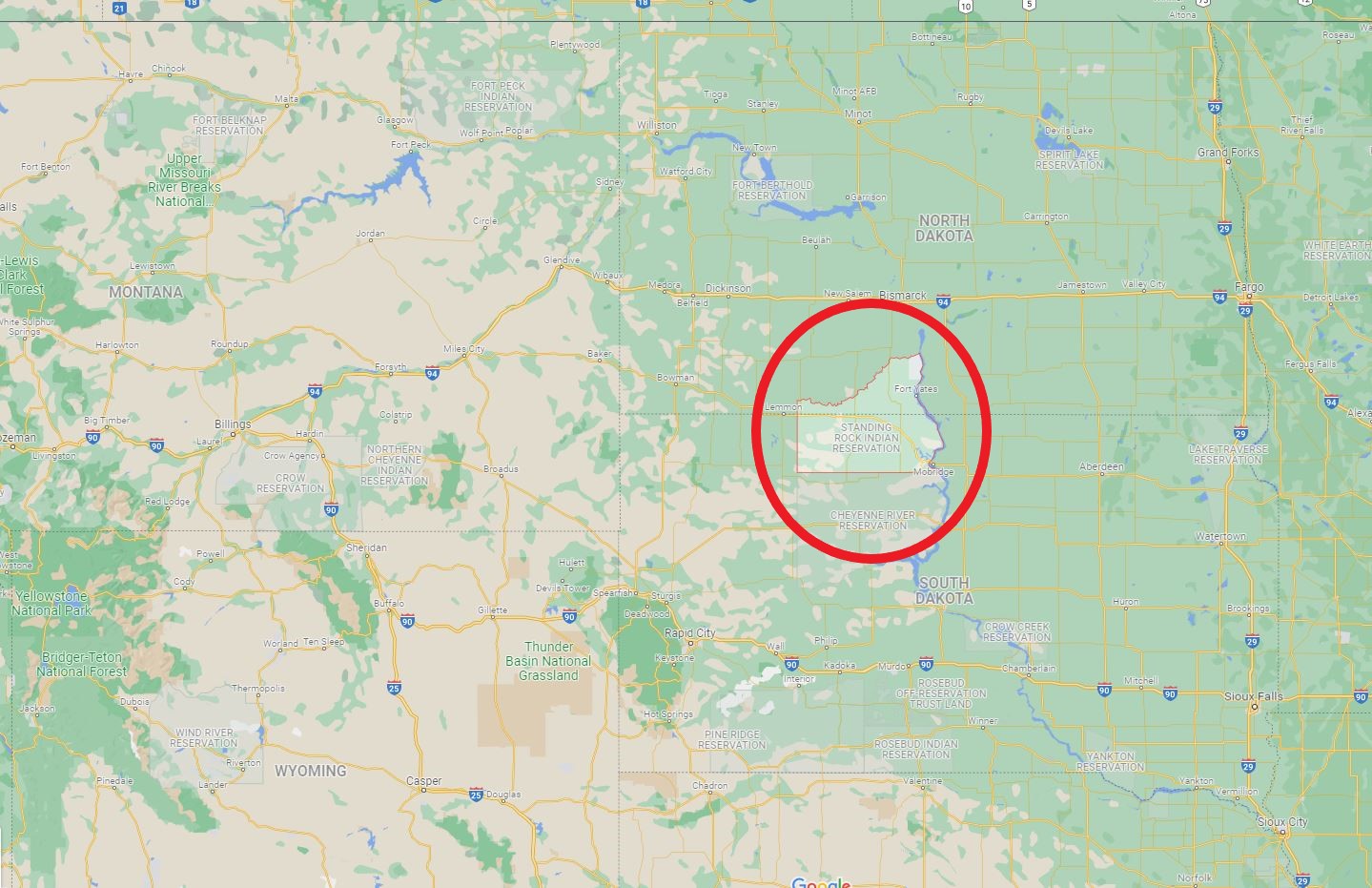
Map highlighting location of Standing Rock Reservation, https://bit.ly/3n2PIB3
Since Gaul’s report and the findings of the 1890 census, the residents of Standing Rock have grappled with poverty and environmental issues. In the 1960s, the Army Corps of Engineers and the Bureau of Reclamation built five large dams on the Missouri River, resulting in the flooding of several towns on the reservation and displacing many people. More recently, readers may recall the conflicts surrounding the development of the Dakota Access Pipeline (DAPL), which was routed near the Standing Rock Reservation in 2016. Opponents of the pipeline argued that it would jeopardize the water source of the reservation. In addition, the Standing Rock Sioux’s position states that DAPL violates the Fort Laramie Treaty.[7]
As mentioned previously, the people of Standing Rock are members of the Dakota and Lakota nations, though often called “Sioux,” which was a term used by French traders, likely a shortened and corrupted version of “Nadouwesou,” a word the Ojibwa called the Lakota and Dakota people.[8] In 2019, dialects of the Lakota, Dakota, and Nakota – the language of the O’ceti Sakowin – was recognized as the official indigenous language of South Dakota, making South Dakota the first state in the contiguous U.S. to recognize an official indigenous language.[9]
[1] Gilbert Gaul, Report on Indians Taxed and Not Taxed in the United States (Except Alaska) at the Eleventh Census: 1890, Department of the Interior, Census Office. Washington, DC: Government Printing Office, 1894: 521.
[2] Ibid., 521.
[3] Ibid., 524.
[4] Ibid., 525.
[5] Ibid., 526.
[6] Ibid., 525.
[7] “Treaties Still Matter: The Dakota Access Pipeline,” Native Knowledge 360, Smithsonian National Museum of the American Indian, accessed November 10, 2021, https://americanindian.si.edu/nk360/plains-treaties/dapl
[8] “History,” Standing Rock Sioux Tribe, accessed November 11, 2021, https://www.standingrock.org/about/history/.
[9] Lisa Kaczke, “South Dakota Recognizes Official Indigenous Language,” Argus Leader, March 22, 2019. Accessed November 10, 2021, https://www.argusleader.com/story/news/politics/2019/03/22/south-dakota-recognizes-official-indigenous-language-governor-noem/3245113002/.



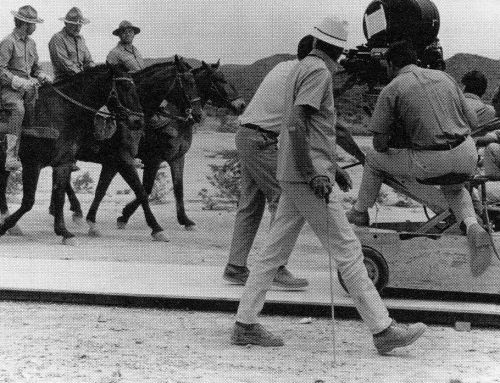
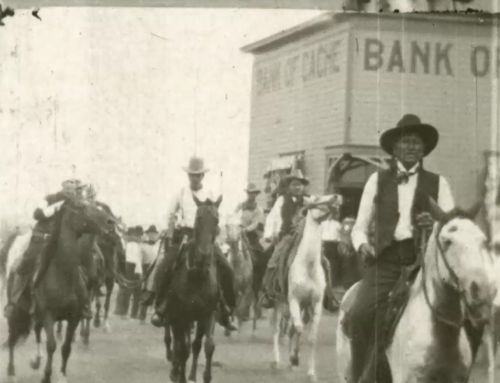
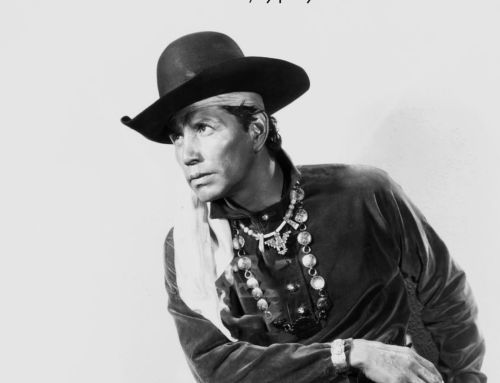
[…] for the US Census record of 1890 to depict the actual conditions of the Dakota people of the Standing Rock Reservation in a time of great changes. The government had just opened half of the Dakota Reservation to Anglo settlers, and split the […]
[…] For more on Gaul, the Dakota tribe, and the Standing Rock Reservation, see the previous blogs, A Portrait of Standing Rock, and Happy Birthday Gilbert […]